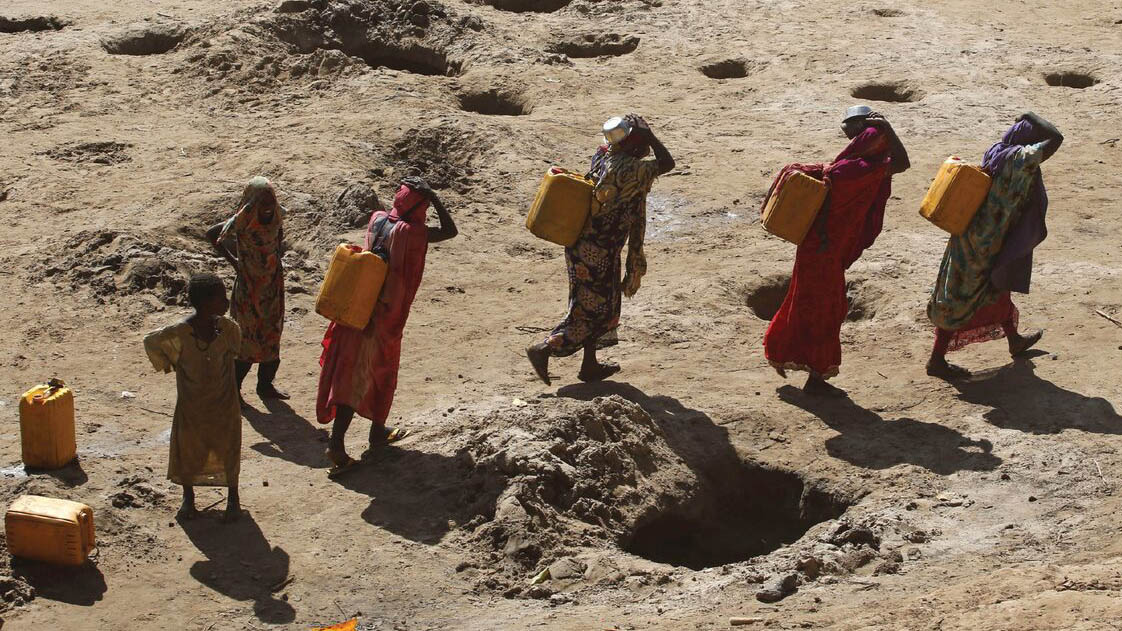On Monday, March 20, the Intergovernmental Panel on Climate Change (IPCC) published the final part of its Sixth Assessment Report (AR6), called the Synthesis Report (SYR).
The report is a compilation of the IPCC’s three previous assessment reports, which covered the science of climate change, its risks and impacts, and the means of adaptation and reducing greenhouse gas emissions. The text also covers the 2018 report on the impacts of global heating beyond 1.5°C and special reports on climate, oceans, and land.
The IPCC notes that human activities have “unequivocally caused global warming, with global surface temperature reaching 1.1°C above 1850-1900 [pre-industrial levels] in 2011-2020.”
“Climate change has caused substantial damages, and increasingly irreversible losses, in terrestrial, freshwater, cryospheric, and coastal and open ocean ecosystems,” the report added.
The report also reiterated that “vulnerable communities who have historically contributed the least to current climate change are disproportionately affected.” The SYR report echoes what vulnerable communities have said consistently—that the climate crisis is something that is happening, that it is already here.
According to the SYR, between 3.3 and 3.6 billion people live in areas deemed “highly vulnerable” to climate change. Human mortality from climate events such as flood and droughts was 15 times higher in such highly vulnerable regions between 2010 and 2020.
The climate crisis has also impacted food and water security, with nearly half of the world’s population experiencing severe water scarcity for at least part of the year due to “climatic and non-climatic drivers”.
The biggest adverse impacts have been observed in Africa, Asia, Central and South America, least developed countries, small islands and the Arctic, and “globally for Indigenous peoples, small-scale food producers, and low-income households.” An increase in climate-related diseases and displacement has also been observed.
The disproportionality of impacts versus greenhouse gas contributions was further highlighted in the report: “The 10% of households with the highest per capita of emissions contribute 34-45% of global consumption-based household GHG emissions, while the bottom 50% contribute 13-15%.”
While “progress in adaptation planning and implementation has been observed across all sectors and regions,” the report notes that adaptation responses are “fragmented, incremental, sector-specific and unequally distributed across regions.”
The SYR also states that not only are there “widening disparities between the estimated costs of adaptation” and the funds allocated, the “current global financial flows for adaptation, including from public and private finance sources, are insufficient and constrain implementation.”
In fact, “public and private finance flows for fossil fuels are still greater than those for climate adaptation and mitigation.”
“Rich nations have the technology and the finance to achieve climate goals. We need to increase the finance available for climate goals… If capital is available [why] isn’t it being made available? That is the question,” IPCC Chair, Hoesung Lee, said during a press conference.
The IPCC has found that some communities are already experiencing what are called “soft limits” to adaptation. “This report busts the myth that endless adaptation will work… Urgent mitigation action is needed,” stated Aditi Mukherji, one of the authors of the SYR.
This is underscored by the fact that, as the report notes, “Adaptation does not prevent all losses and damages, even with effective adaptation and before reaching soft and hard limits.”
While the 2022 UN climate conference, COP27, yielded a Loss and Damage funding facility, it now remains to be seen how this fund will be operationalized as countries gear up for COP28 in November.
In the near term (defined as the time period until 2040), the IPCC says that global warming is “more likely than not” to reach 1.5°C even under the very low GHG emission scenario.” The report adds, “with every additional increment of global warming,” not only will “changes in extremes continue to become larger,” but the “risks and projected adverse impacts and related losses and damages” will also escalate.
Moreover, “climatic and non-climatic risks will increasingly interact, creating compound and cascading risks that are more complex and difficult to manage.”
While the warnings issued in the IPCC report are stark, the text stresses that there is still a window for action, albeit one that is “rapidly closing”. “All global modeled pathways that limit warming to 1.5°C with no or limited overshoot, and those that limit warming to 2°C, involve rapid and deep and, in most cases, immediate greenhouse gas emissions reductions in all sectors this decade,” the Panel said in a headline statement.
“Prioritizing equity, climate justice, social justice, inclusion, and just transition processes can enable adaptation and mitigation actions and climate resilient development.”
The IPCC clearly acknowledges the “unequal historical and ongoing contributions” to emissions. As such, truly climate just policies must account for this disparity, especially at a time when we see Global North countries continue to approve massive fossil fuel projects while pushing “just transition” models on the Global South that end up harming workers and marginalized communities.
While the IPCC report contains a vast breadth of scientific knowledge on the climate crisis, it is also a politically negotiated text, approved by participating countries before it is published. As the discussions on climate solutions proceed, they must be informed by a truly just climate policy.





